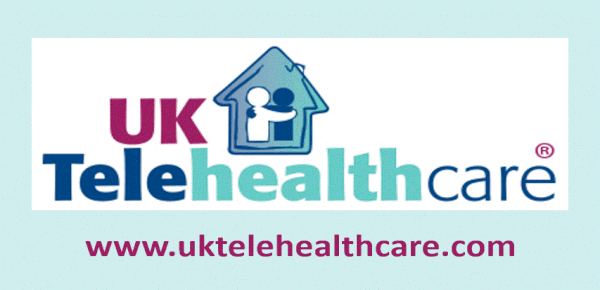 Oracle keeps blue side up but disappoints Mr. Market, Cerner results now fall into the background as stock price soars despite misses. Oracle kept it upbeat in reporting its Q4 and FY2023 results this past Tuesday 11 June, and it paid off.
Oracle keeps blue side up but disappoints Mr. Market, Cerner results now fall into the background as stock price soars despite misses. Oracle kept it upbeat in reporting its Q4 and FY2023 results this past Tuesday 11 June, and it paid off.
- Its Q4 revenue of $14.3 billion was up 3%, with Q4 GAAP earnings per share was $1.11 while non-GAAP (adjusted) earnings per share was $1.63.
- FY23 revenue totaled $53.0 billion, up 6%, with GAAP earnings per share at $3.71, while non-GAAP earnings per share was $5.56.
Overall results were disappointing for Wall Street analysts. The blue side is that the stock has surged big time with a YTD high yesterday, closing above $140. The secret sauce? New AI-related contracts and demand for Oracle Cloud Infrastructure. On the call and in the release Oracle CEO Safra Catz announced new cloud sales to Google and Microsoft for OpenAI and ChatGPT. OpenAI will run deep learning and AI workloads on Oracle Cloud. Oracle also sold 30 contracts worth $12 billion in Q4.
The surprise on the call for this Editor? The Cerner business will no longer be identified and broken out, which is major league unusual for a specific, large product line. From HIStalk News 6/12/24: CEO Safra Catz said, “I will no longer be breaking out the Cerner business in my results. And even though it will begin to grow modestly throughout the year in both revenue and operating margins, it’s not necessary to break it out anymore because it is now operating in a growth mode.” A way of concealing ongoing bad news? Major hat tip to HIStalk on the earnings call summary, Investors Business Daily, Oracle earnings release
Not that many at the VA, MHS, or elsewhere actually like Cerner. An internal and unpublished survey for the Department of Veterans’ Affairs (VA) by KLAS, obtained by Bloomberg News, reported results for Oracle Cerner, and they were close to disastrous. On the metric “Users who feel the health software enables “high-quality care”, here were the results on positive answers by the doctors, nurses, and other users of Oracle’s EHR:
- 19% for VA Oracle Cerner
- 30% for DOD Oracle Cerner (MHS–Ed.)
- 49% Average US Oracle Cerner
- 71% Average Epic Systems Customer
That means that 81% of VA users, in the five facilities and offsite center where it’s been deployed, now for over a year and with consultants over it like paint on a brand new car, believe the Oracle Cerner system does not do Job #1 of healthcare–enabling high-quality healthcare. “There is a trend toward improvement, however, most users still indicate a negative experience,” according to VA researchers quoted in the report.
The other big surprise is that 70% of MHS users believe exactly the same. MHS is the ‘success story’ implementation, jointly with Leidos, and now complete. (Ken Glueck, please take note)
KLAS also contrasted this to their existing information for US EHR users. 49% of Cerner US users believe it facilitates high-quality care–contrasting unfavorably with 71% of Epic customers. However, these numbers are not comparable to either the VA or MHS as most hospital systems have been in place for years/decades, and have had abundant time to shape them against system needs plus work out the inevitable ‘bugs’. But the performance of Cerner versus Epic on this metric translates to preference in the small world of healthcare.
Drilling down into the survey:
- About 22% of VA respondents said their training on the new system was helpful
- About 45% said they had received communication about why the VA was moving to the new EHR
The survey was conducted in March-April 2024 as part of VA’s ongoing evaluation of the Oracle Cerner EHR. Responders were 2,000 Cerner EHR users, with a 25% response rate of those solicited. The report was for VA leadership and for Congress. In a response to Bloomberg, Terrence Hayes, press secretary for the VA, said “That’s why we conduct surveys like this: to better understand the experience of our providers in the field, so we can make the EHR better for staff and veterans alike.”
Seema Verma has a long and troubled row to hoe to make this work for VA, MHS, and all Cerner users. Nowhere to go but up. Becker’s













Most Recent Comments